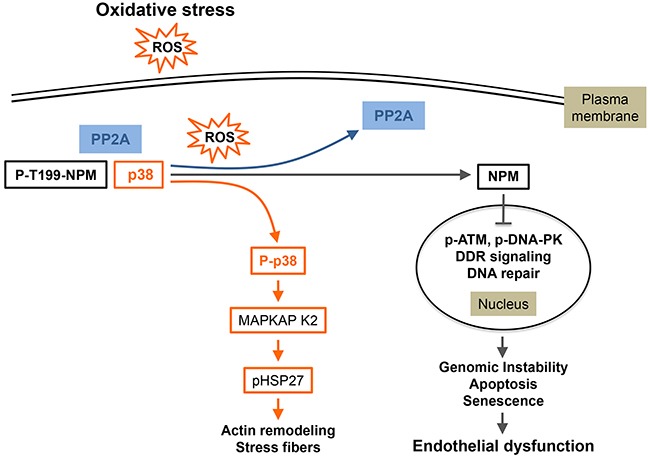Figure 5. p38-mediated oxidative stress responses in endothelial cells.

In unstimulated quiescent endothelial cells, p38/p-T199NPM/PP2a form a complex that is quickly dissociated in response to oxidative stress (ROS). This dissociation happens concomitantly with activated PP2a-mediated dephosphorylation of NPM at T199. Following dissociation of the complex, p38 phosphorylated in response to ROS exposure activates its downstream effectors notably HSP27 leading to actin reorganization in conjunction with the activation of the ERK/DAPK1/Tropomyosin 1α chain axis (see text). Moreover, a pool of NPM unphosphorylated at T199 translocates to the nucleus where it is associated with an impaired DDR due to impaired detection of DNA damage, as reflected by the inhibition of DNA-PK and ATM/ChK2. This may lead to genomic instability, apoptosis, senescence and thereby endothelial dysfunction. (Adapted from 56).
